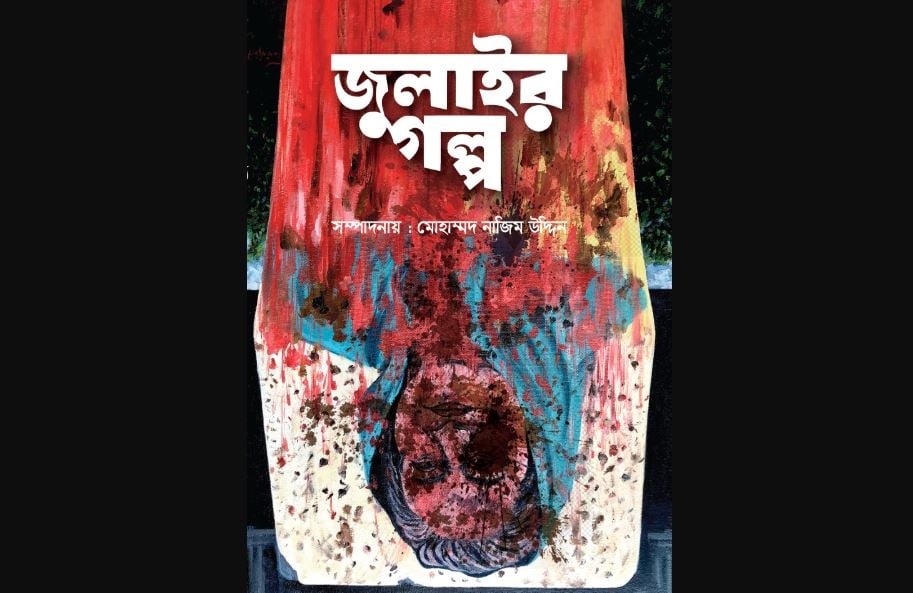News Flash
News Flash

DHAKA, Feb 2, 2025 (BSS) – July-Er Golpo (July’s tale), a compilation of short stories based on actual events that featured the July-August Uprising toppling of the nearly 16-year autocratic Awami League regime, has hit the Ekushey Book Fair.
The book contained 15 stories by 10 writers who were directly involved in the student-led movement with writer and publisher Mohammad Nazim Uddin being its editor.
“These are not just stories; they are testimonies of the historic revolution drawing real-life incidents,” Nazim Uddin told BSS in an interview while the book was published by his Batighar Prokashoni.
He said the writers documented their experiences in the form of docu-fictions and described the exercises as unique.
“There were no short stories written about the 1990 mass uprising, despite its historical significance. Similarly, while the Liberation War of 1971 has inspired extensive literature, much of it emerged later and from partisan viewpoints,” Nazim Uddin noted.
The editor termed short stories as powerful medium to capture history’s nuances saying they have a unique ability to present personal experiences in a way that history books cannot do.
“If we fail to document these events now, they will fade away . . . with the passage of time risks of distortion increases, so it is crucial to document them properly and immediately,” he added.
Nazim Uddin also said that Batighar Publications plans to release more books on the July uprising the publishing house planned to unveil another short story collection along with a non-fiction book and a documentary.
He said, “I have urged our writers to produce at least 1,000 stories in a year to ensure the July uprising’s firm stake in literature.”
Hasan Inam, one of the writers of the stories, said he wrote two stories for this collection, both based on real incidents from the uprising with one titled ‘Ektu Jodi Batash Hoito’ (If there was a breeze) was about the burning of seven bodies in Savar.
“I interviewed the families of the victims to present their pain and loss,” Inam said adding his second story portrayed the emotions of jailed protesters upon hearing of Hasina’s downfall.
“I have portrayed how imprisoned activists learned of Hasina’s escape and their emotions at that moment . . . It was a moment of disbelief and hope for them,” he said.
Nazim Uddin, on the other hand, said his intension aims to cement the uprising’s place in history so the future generations could engage with these narratives beyond partisan outlook.